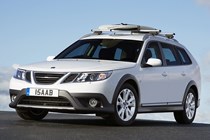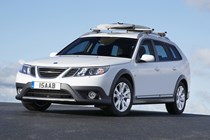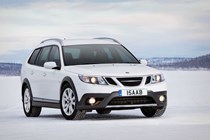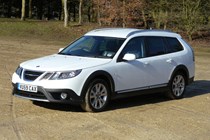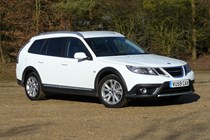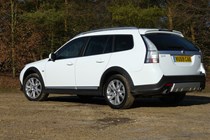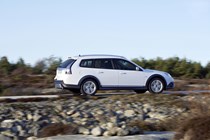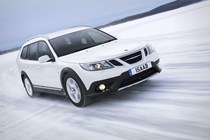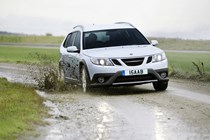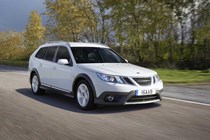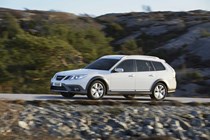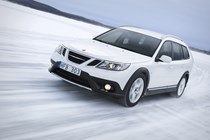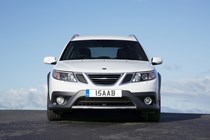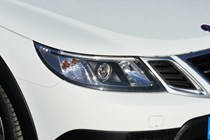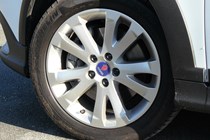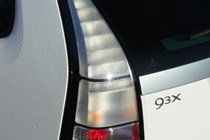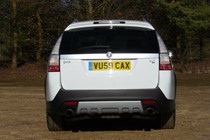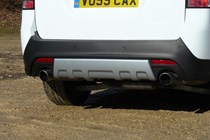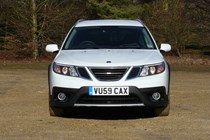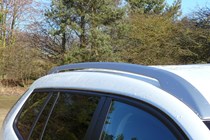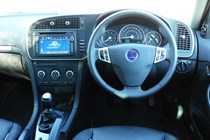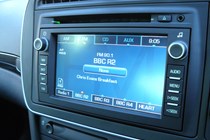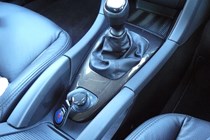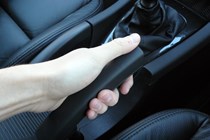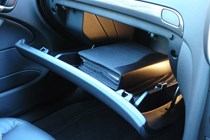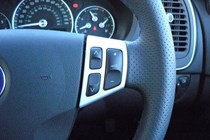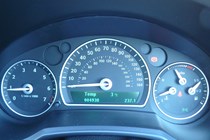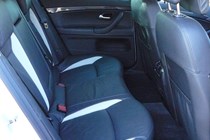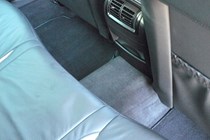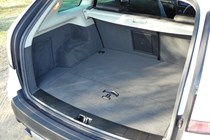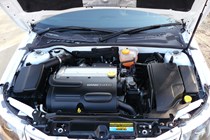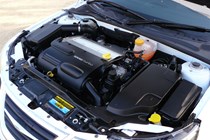
Saab 9-3 X (2009-2011) engines, drive and performance

Both petrol and diesel versions of the 9-3X use the most powerful four-cylinder engines in the 9-3 range. The diesel is a twin-turbo 1.9 TTiD producing 180bhp while the petrol is a turbocharged 210bhp 2.0-litre. Performance is similar for both engines. The six-speed manual diesel will cover the 0-60mph sprint in 8.3 seconds while the manual petrol does the same in 8.2 seconds.
The roles are reversed with six speed auto models, the diesel taking 8.8 seconds compared with the petrol auto’s 9.1 seconds. The diesel model’s briskness is perhaps aided by it not having to carry around four-wheel drive hardware, although the benefit of driving all four wheels in the petrol model is clear when setting off from a standstill. With maximum pulling power available from just 2,500rpm it always feels responsive.
However, the economy of the 2.0T model is 35mpg compared to 51mpg in the diesel. That said, the 2.0T is a great engine with plenty of power on tap making overtaking simple. It certainly doesn’t feel any more sluggish than a 2.0T in the standard 9-3, despite the addition of a four-wheel drive system.
The petrol 9-3 X sits 35mm higher from the road than the standard 9-3 Sportwagon, but in spite of this it doesn’t suffer any noticeable loss of body control when cornering. The all-wheel drive system normally powers only the front wheels, but has a pre-emptive feature that sends some power to the rear wheels before the front tyres start to slip. Additionally there is a rear limited slip differential – a device that varies the level of drive between each of the rear wheels – to further improve traction in difficult conditions.
It makes the petrol 9-3X feel surefooted although it would benefit further from some extra feel in the steering which, like other 9-3 models, is a little too light.


